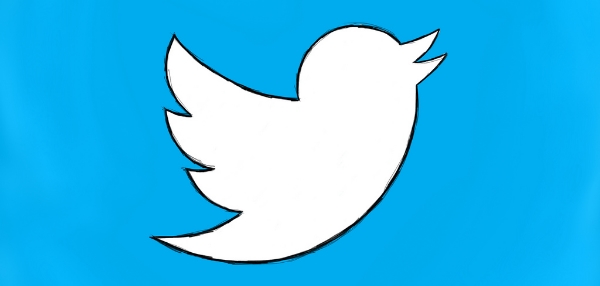Microsoft Advertising has begun alerting users that it is cutting support for Twitter across its platform starting April 25, 2023.
This means you will no longer be able to include Multiplatform Smart Campaigns or manage your Twitter account through the Digital Marketing Center (DMC). That includes being unable to schedule, create, or manage tweets and tweet drafts will be removed from the platform on that day.
Additionally, advertisers will be unable to view or track past tweets’ performance and engagement on the platform.
Why This Matters
This is notable for a few reasons.
DMC is one of the leading tools used to manage multiple social media accounts from one location, including the crucial ability to respond to DMs from all major social networks without signing into multiple accounts and pages.
This is because the tool is offered for free to all advertisers on Microsoft Ads and is integrated with Microsoft’s other social and paid ad tools for businesses. Once removed, this will create a significant hurdle for many advertisers wanting to manage social ads and engagement efficiently.
This is also a major loss for Twitter, which has struggled to bring back advertisers since the takeover by Elon Musk. Estimates indicate that up to half of Twitter’s biggest advertisers have left since his purchase of the company.
Just this week, Musk has been making appearances at major marketing and advertising conferences in a bid to attract brands back to Twitter, but the loss of access through major social ad tools will only make Twitter a harder sell to the brands which have already left.
Meanwhile, Microsoft generated over $12 billion dollars in revenue for digital ads last year and is poised to make even bigger gains this year.


 Snapchat has quickly become one of most popular apps and certainly the most popular temporary photo and video sharing network, but thus far they have yet to find a way to monetize their service. CEO Evan Spiegel says that will change very soon, as untargeted, disappearing ads may begin showing up in the near future.
Snapchat has quickly become one of most popular apps and certainly the most popular temporary photo and video sharing network, but thus far they have yet to find a way to monetize their service. CEO Evan Spiegel says that will change very soon, as untargeted, disappearing ads may begin showing up in the near future.


